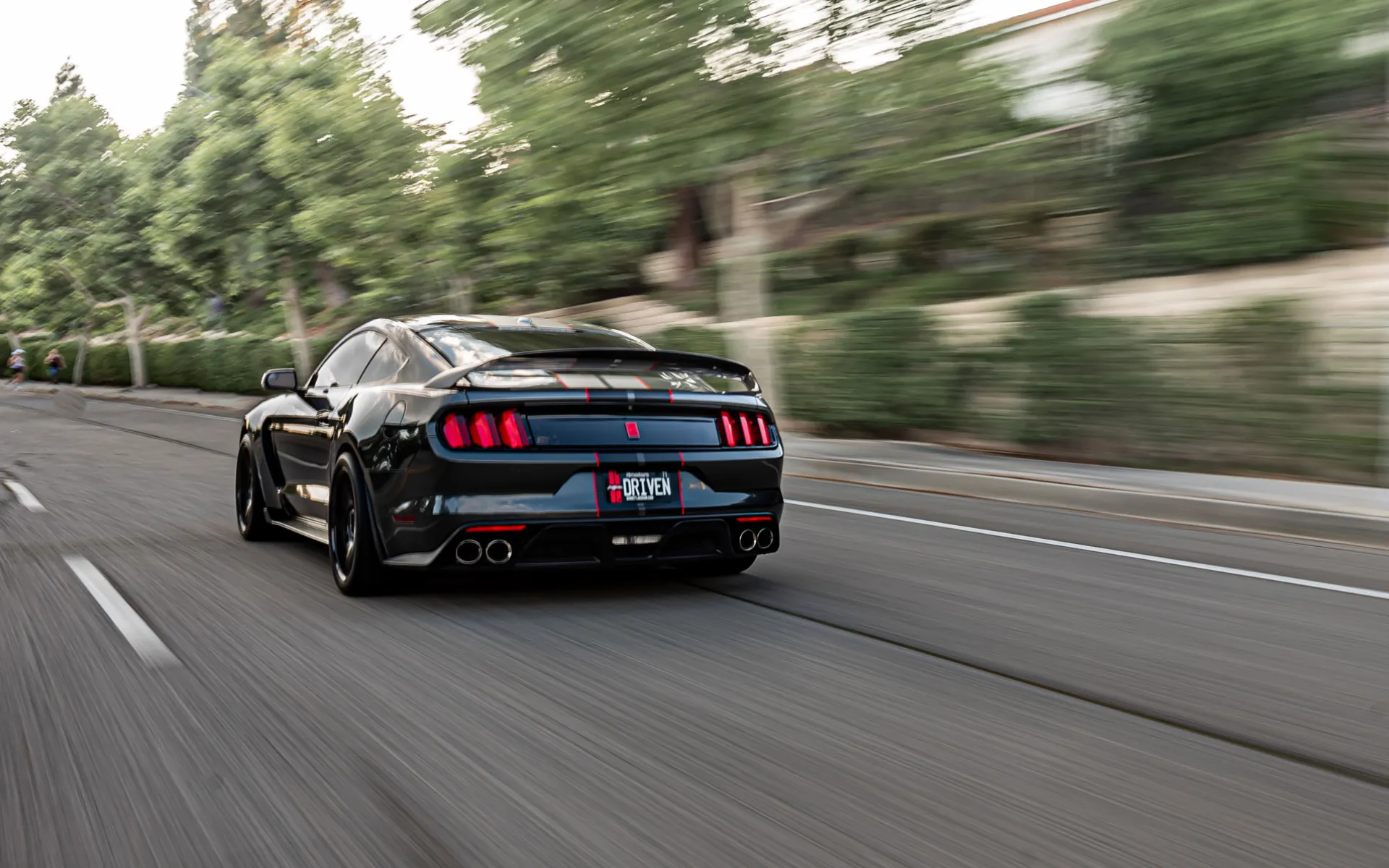Search
Four Performance Upgrades to Take your Vehicle from Street to Track
Humankind has always been fascinated by speed. In history, people collected Thoroughbred and Arabian horses to show how fast they could get from one place to another. When Henry Ford made the Model T in America, people were fascinated at how fast these mechanized vehicles were compared to horse-drawn carriages. From that time forward, inventors made lighter and faster cars. Today we have the Devel Sixteen, the world's current fastest car with a top speed of 347 mph, the SSC Tuatara with a top speed of 331mph, and the Hennessey Venom F5 with a top speed of 301 mph, to name a few. All these cars are super fast. But speed comes with a cost, making these cars as expensive as they are fast. The good news is you can tweak your current vehicle with a few performance upgrades so you can increase its performance and speed without breaking the bank.
1. Reduce Weight
Reducing your car's weight is a low-tech solution to make it move faster. It's fundamental physics that lighter things move faster compared to heavier items. Reducing your car's weight involves switching heavier parts with lighter parts, making the vehicle more aerodynamic. There are many options you can do:
-
Take out the extra seats ( the back seat most of the time) if you don't carry passengers daily
-
Replace your wheels with ones made of lighter metals
-
Replace glass windows with lightweight plastic or other materials
-
Removing part of the dashboard
-
Replace your brakes with disc brakes
2. Engine Modifications
Modifying your car's engine to make it more efficient in combustion is one sure way to improve your car's performance. Putting more fuel into the machine won't work because there is a delicate relationship between the oxygen and fuel needed for combustion. The key is to improve your car's engine to accept more air and fuel. You can make this happen in several ways:
-
Swap air filters. Swapping your OEM filters to aftermarket air filters will allow more airflow into the engine. This increased airflow provides for more efficient use of air/fuel combinations. It also blocks contaminants that can contribute to the degradation of your car's performance. Aftermarket filters are also washable, making them economical to install. You can also think of adding a secondary air filter. This filter is usually made of a thin layer of cotton sandwiched between layers of impurity-catching light mesh.
-
Performance Enhancing Chips. If you're driving a modern car with an onboard computer that regulates your car's systems, you can swap out your current chip for Superchips ( or performance chips). Performance chips override your car's factory settings and increase your engine's power. It can set new parameters like your car's air intake or gas usage. Usually, you can install the super chip by yourself. It should be as easy as taking out the old chip and putting in the new one.
-
Install a Supercharger. You can install a supercharger to your engine, and you'll immediately see a significant increase in horsepower. A supercharger is a mechanically powered chain via a belt from the crankshaft and spins at a rate of 50,000 RPM, forcing air into the combustion chamber. A supercharger pressurizes the air intake above the average atmospheric level to go into the engine. Air combined with more fuel produces more power. If you are confident, you can install the supercharger by yourself. You can usually attach it to the top or side of the engine and follow the manufacturer's installation procedures.
Modifying your engine can void your warranty or insurance, so you want to check with your car manufacturer. If your current insurance doesn't cover engine modification, you may want to shop around and compare car insurance to find one that does.
3. Change Your Tires
Changing your tires is another easy way to make your car faster. There is a myriad of options for tires for you to choose from. However, one thing to keep in mind is the softer the tire is, the quicker it will warm up and the more traction it will have. For example, F1 racing cars have soft tires, which give them excellent grip and speed, but the wheels are not durable.
A good option is to use R-compound tires. R comp tires are tires that have a shallow tread pattern. The Department of Transportation ( DOT) allows R-compound tires for road use. They'll give your car a considerable speed boost, but they are softer than regular tires and wear out quicker on the road.
4. Upgrade Your Car Brakes
Changing your built-in brake pads to high-quality brakes is an affordable way to upgrade the performance and handling of your car. A good set of brakes reduces the stopping distance of your vehicle. It also helps to get rid of fade in your everyday day-to-day demanding braking situations.
In addition to brake pads, you might consider upgrading your drum brake design to disk brakes. Disks are less affected by brake fade and brake better in wet weather driving. They also make for easier inspection because you can inspect them through the rims.
Whether you want to improve your car's performance or take it into a rally, these upgrades are sure to satisfy your need for speed. Don't forget to make sure you keep all the safety precautions when you drive at a slightly faster speed than you usually do. Enjoy, and keep safe!
More Blog Articles
Web development by Caribbean New Media.



